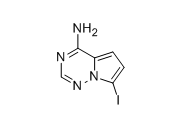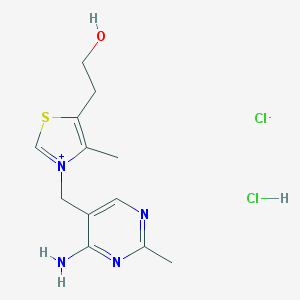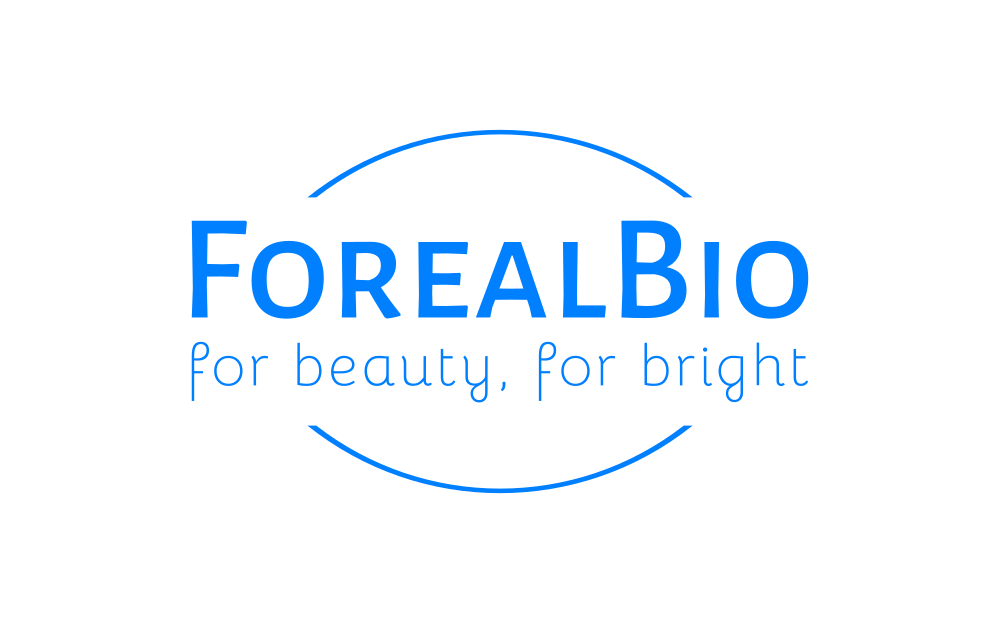Description
Flavin mononucleotide (FMN), also known as riboflavin-5′-phosphate, is a biomolecule that is synthesized from riboflavin (vitamin B2) by the enzyme riboflavin kinase and serves as a prosthetic group for several oxidoreductases, including NADH dehydrogenase, as well as a coenzyme in biological blue-light photo receptors. The different oxidoreductases undergo reversible interconversion of oxidized (FMN), semiquinone (FMNH•), and reduced (FMNH2) forms during the catalytic cycle. FMN is a more powerful oxidizing agent than NAD, and it is especially helpful because it can participate in both one- and two-electron transfers.
Flavin mononucleotide is also used to dye foods orange-red. It is the most common form of riboflavin present in cells and tissues. It takes more energy to make, but it is more bioavailable than riboflavin.
Dietary supplements
Flavin mononucleotide is also used to dye foods orange-red. After ingestion, it is quickly converted to free riboflavin. It can be found in a variety of baby and early child foods, as well as jams, milk products, and sweets and sugar products. Take 75 mg (1/32 tsp) up to twice daily as a dietary supplement, or as instructed by a physician. A precise gram weight scale is suggested.





